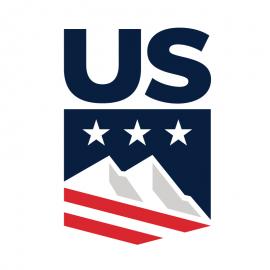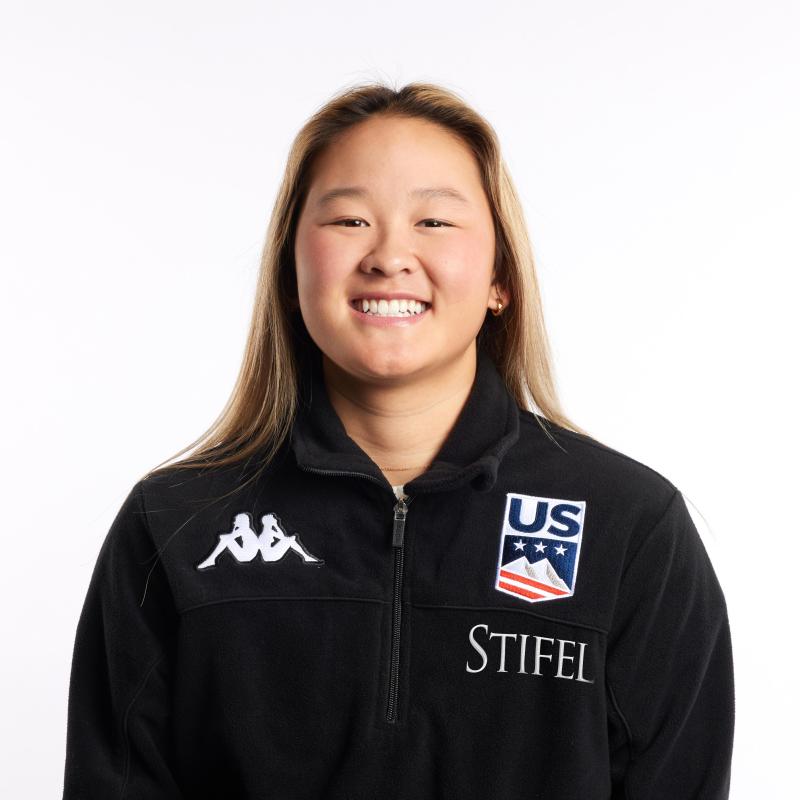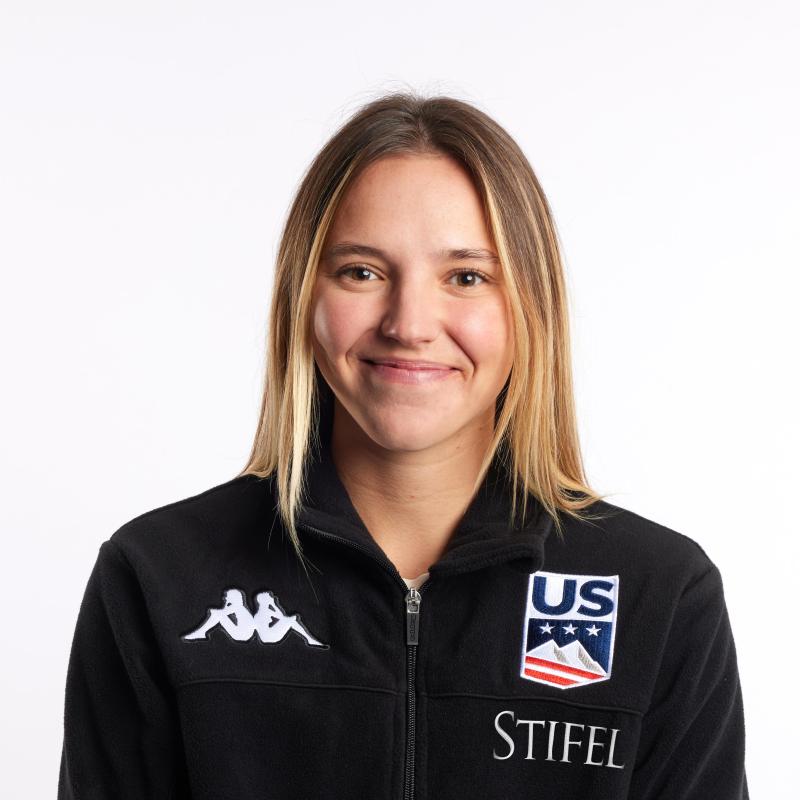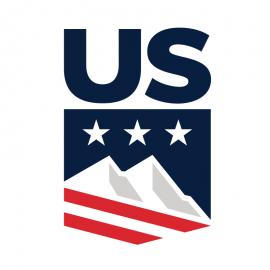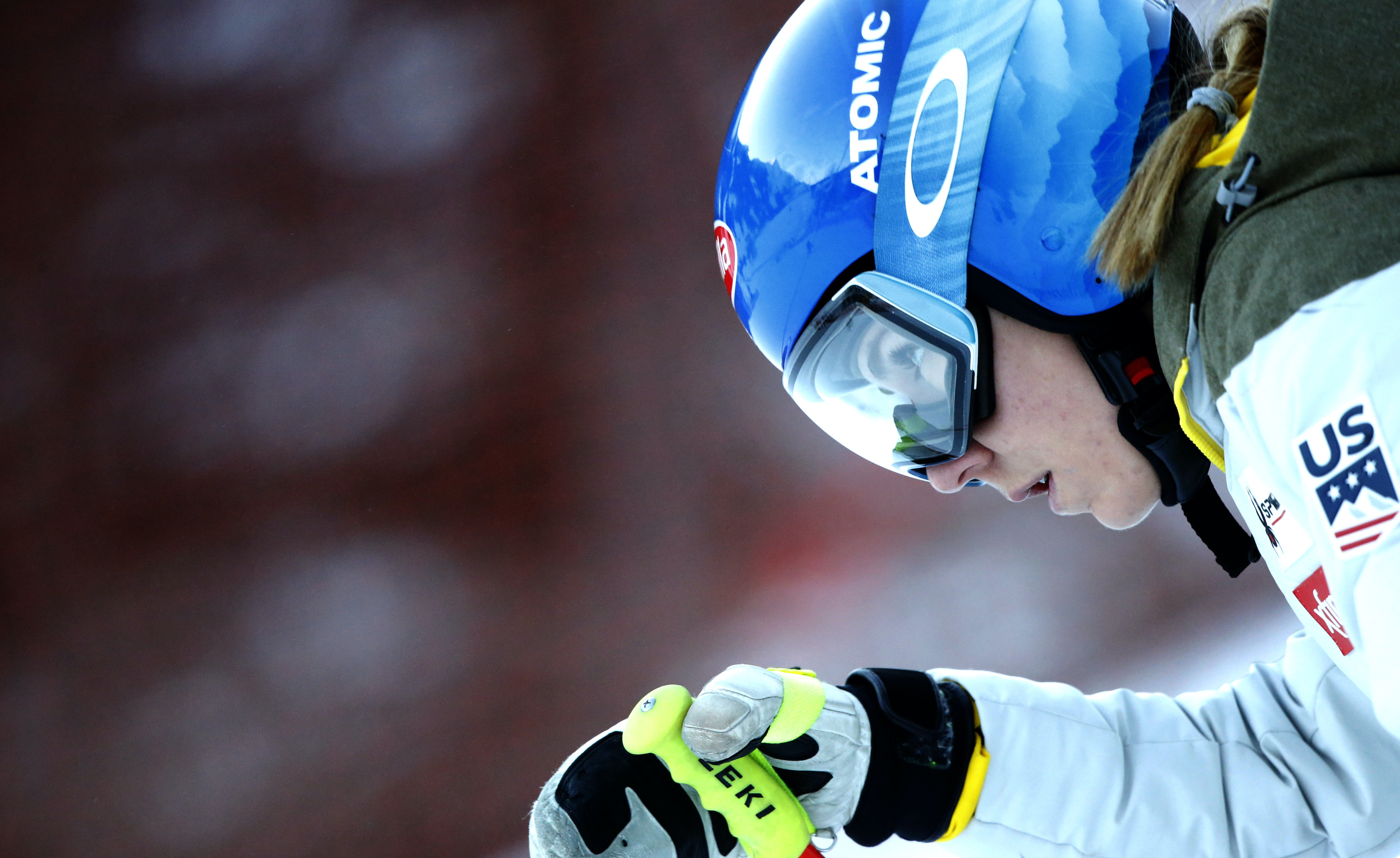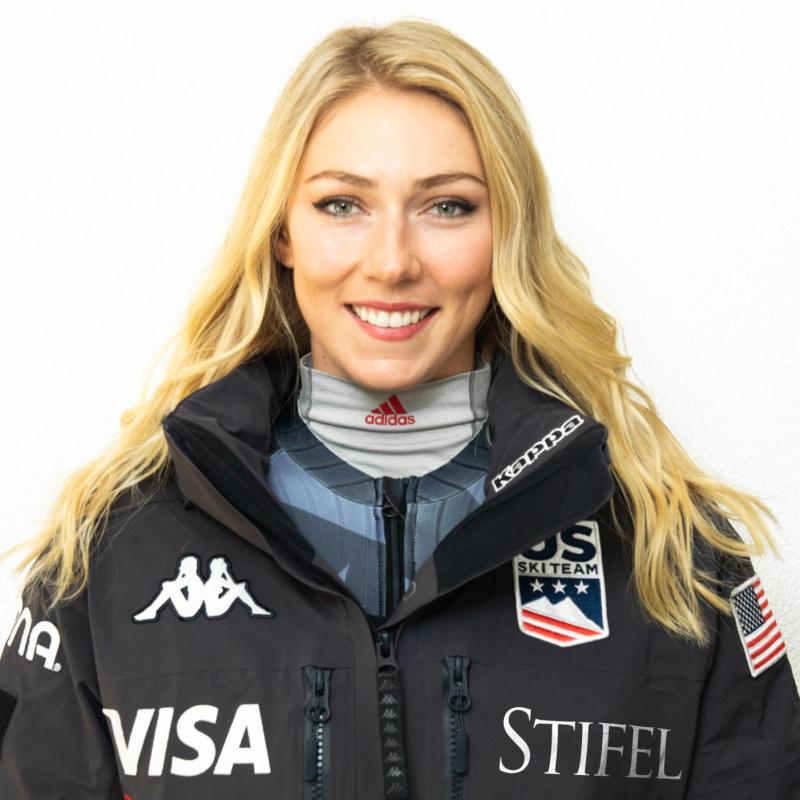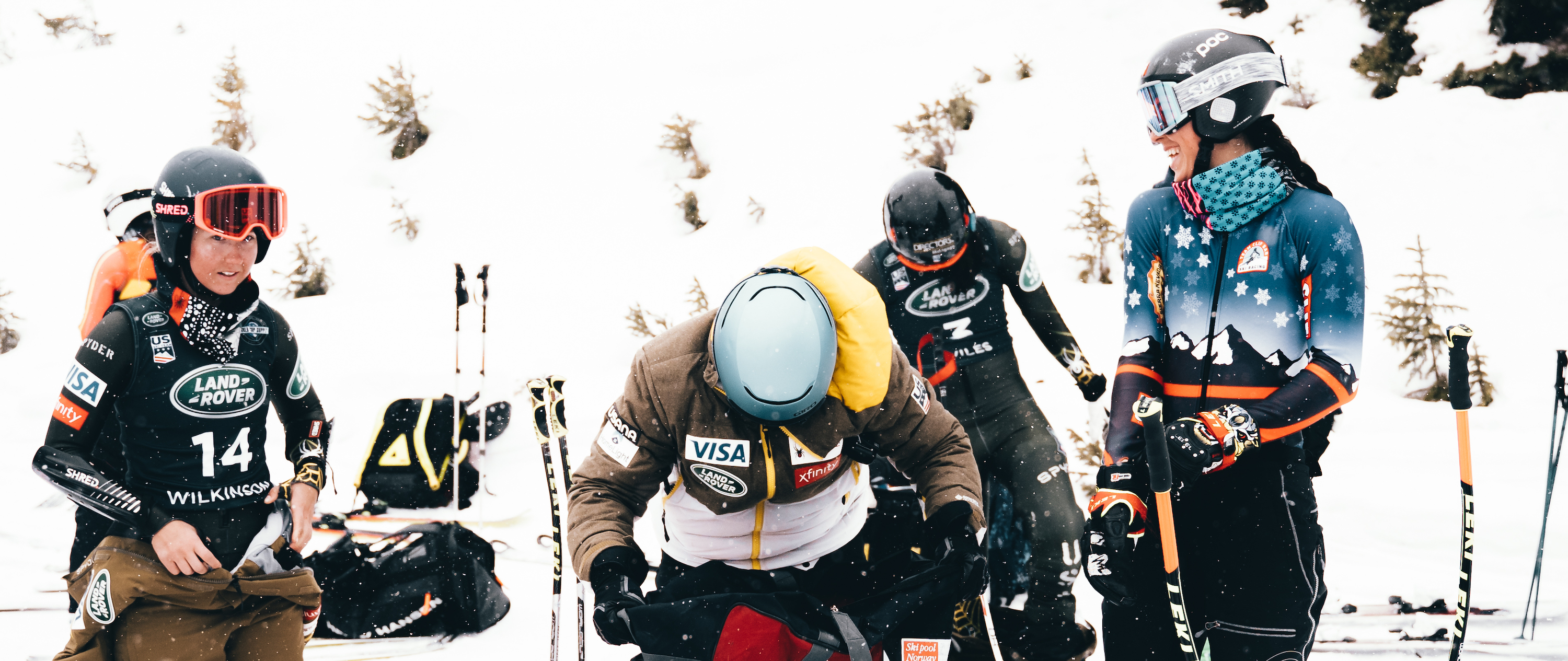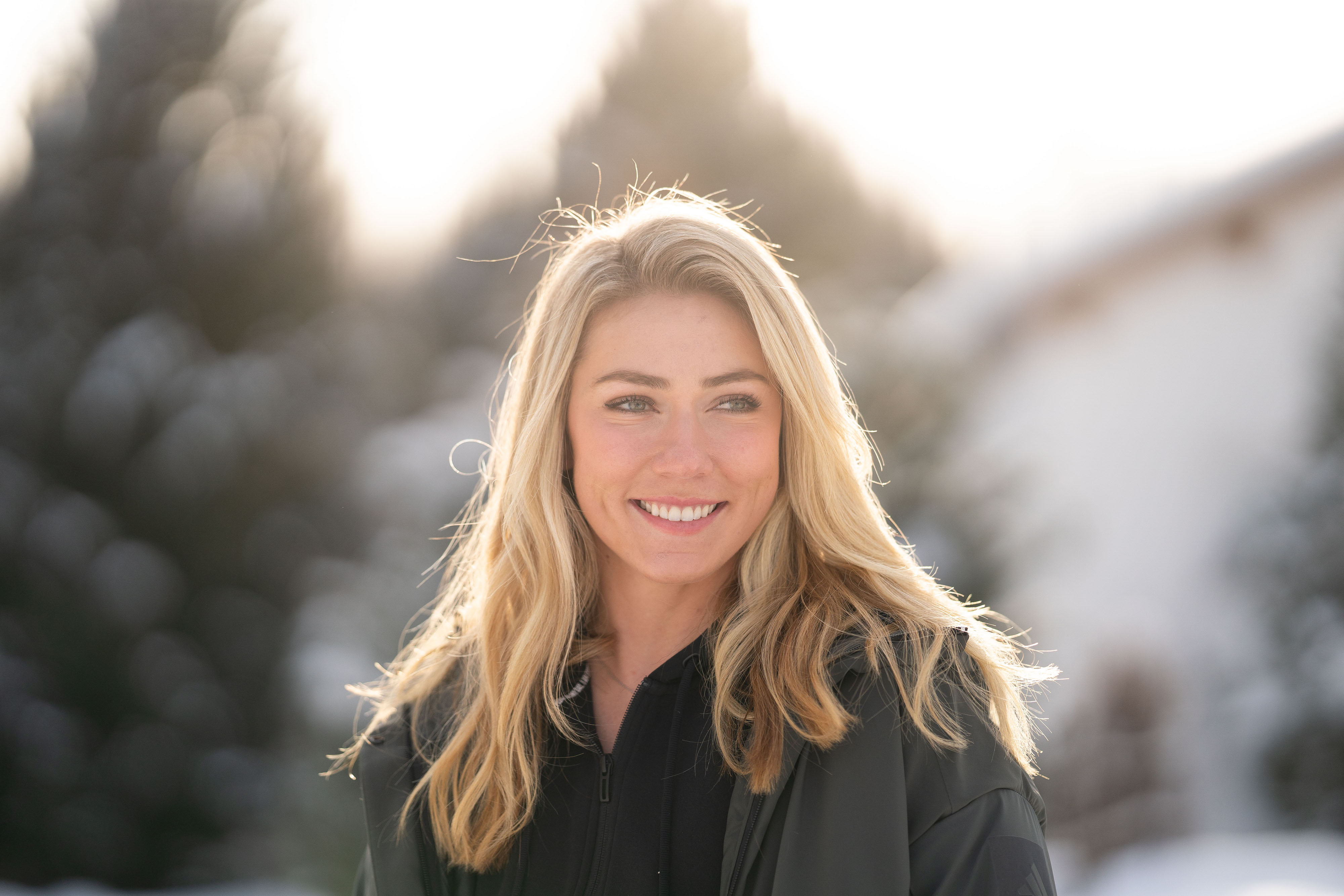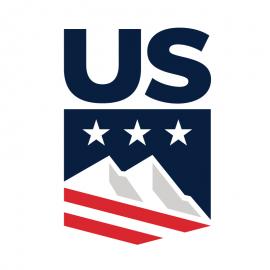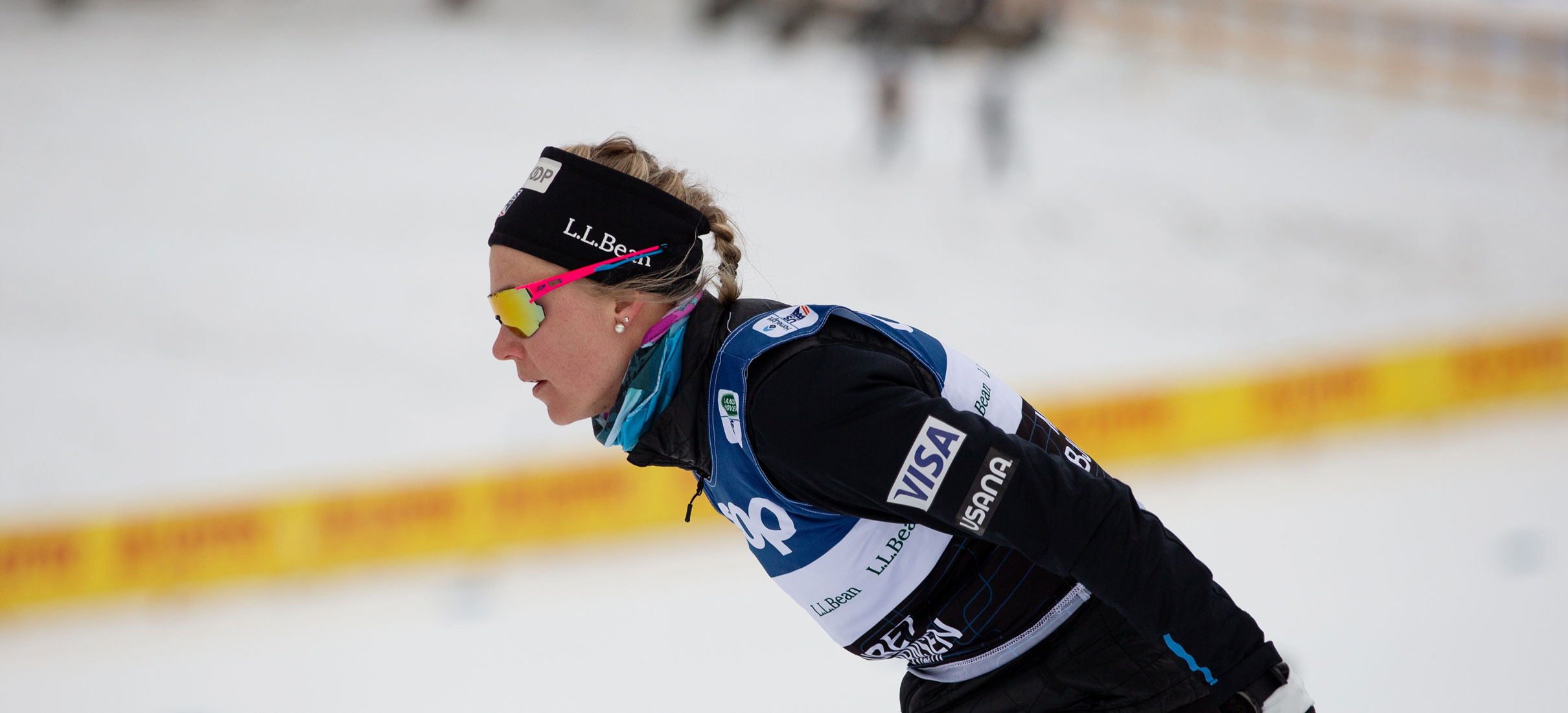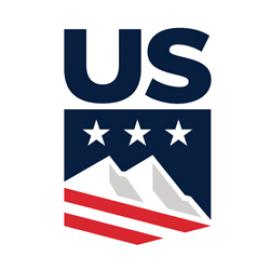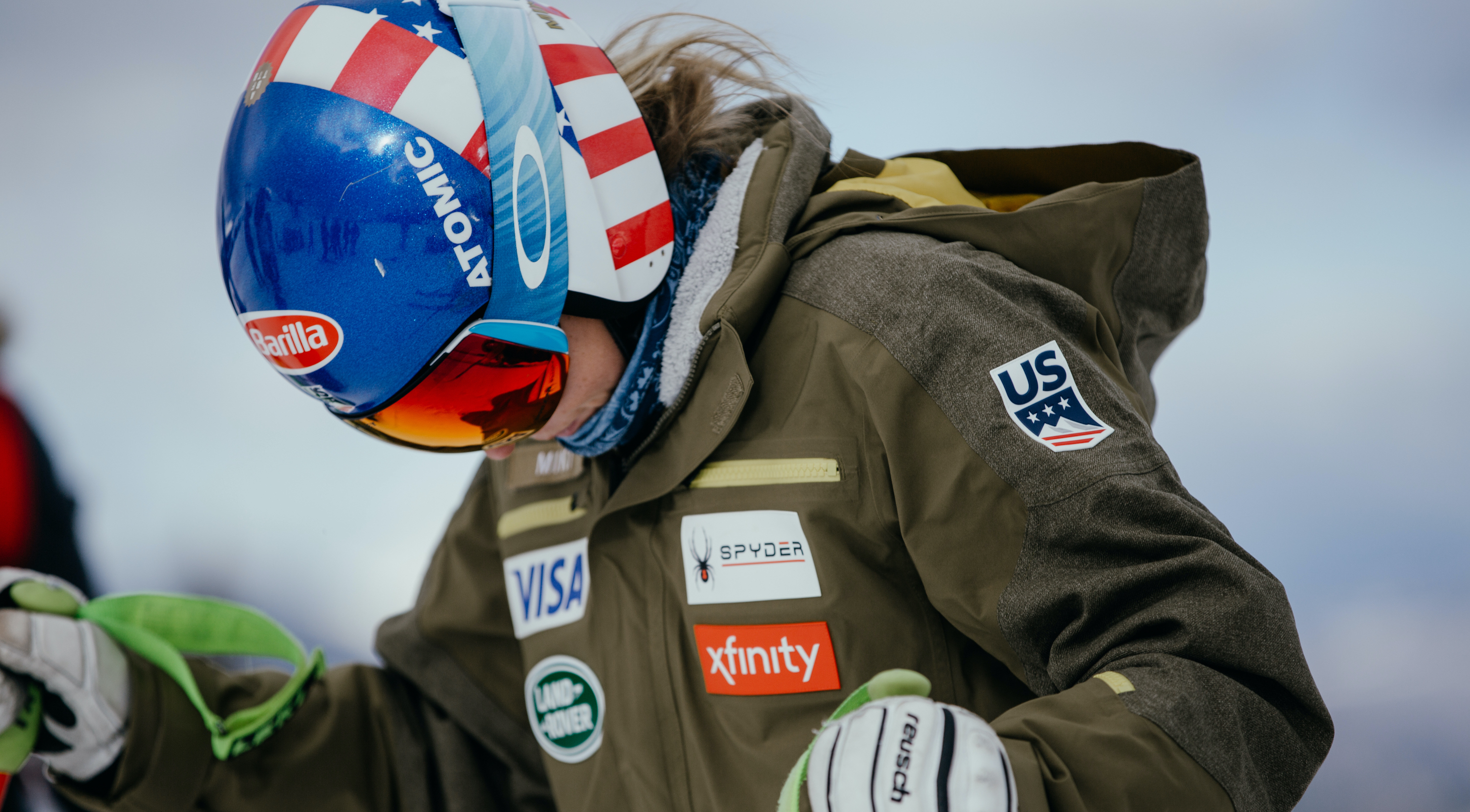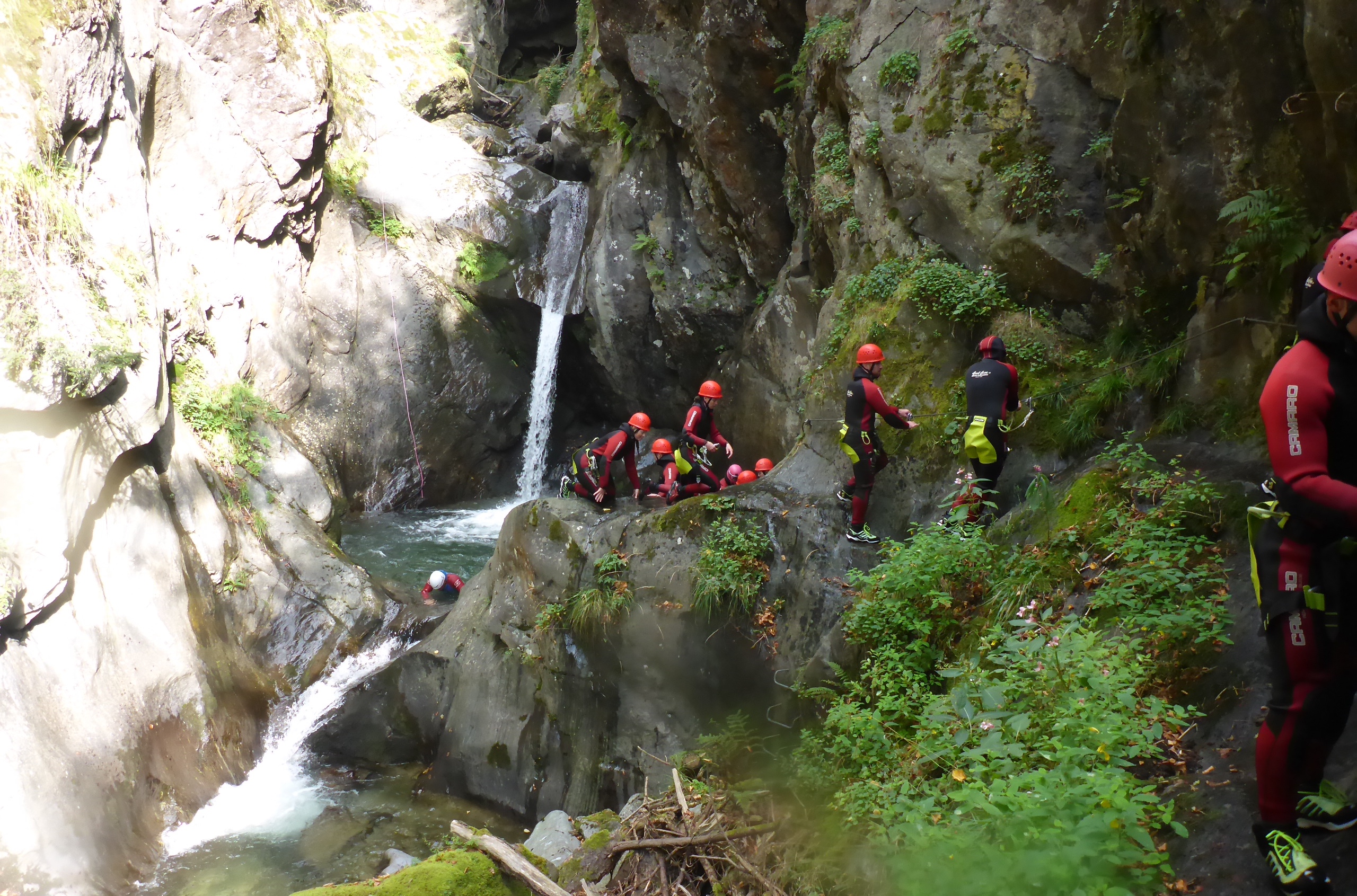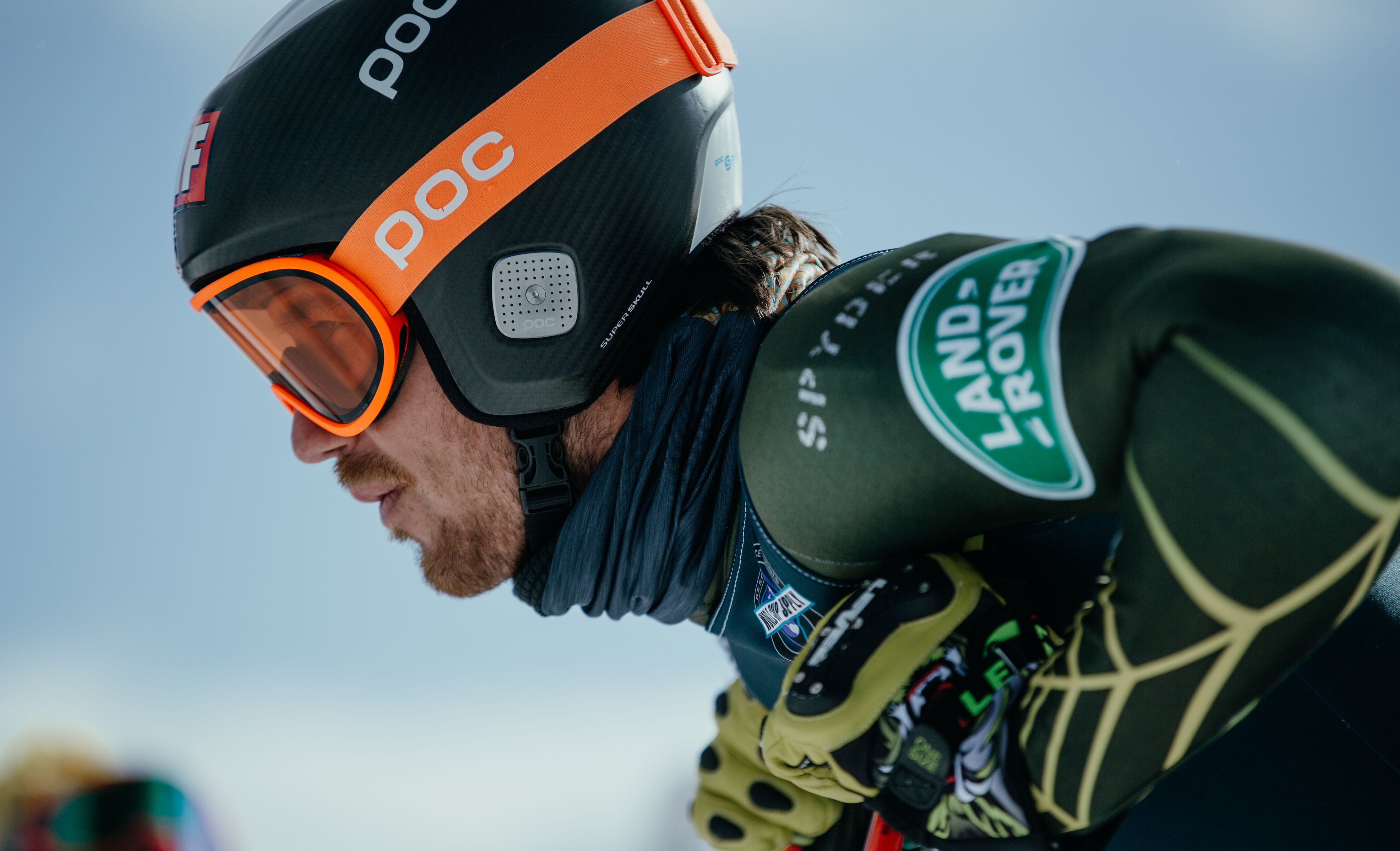Moguls Wraps Domestic Summer Training
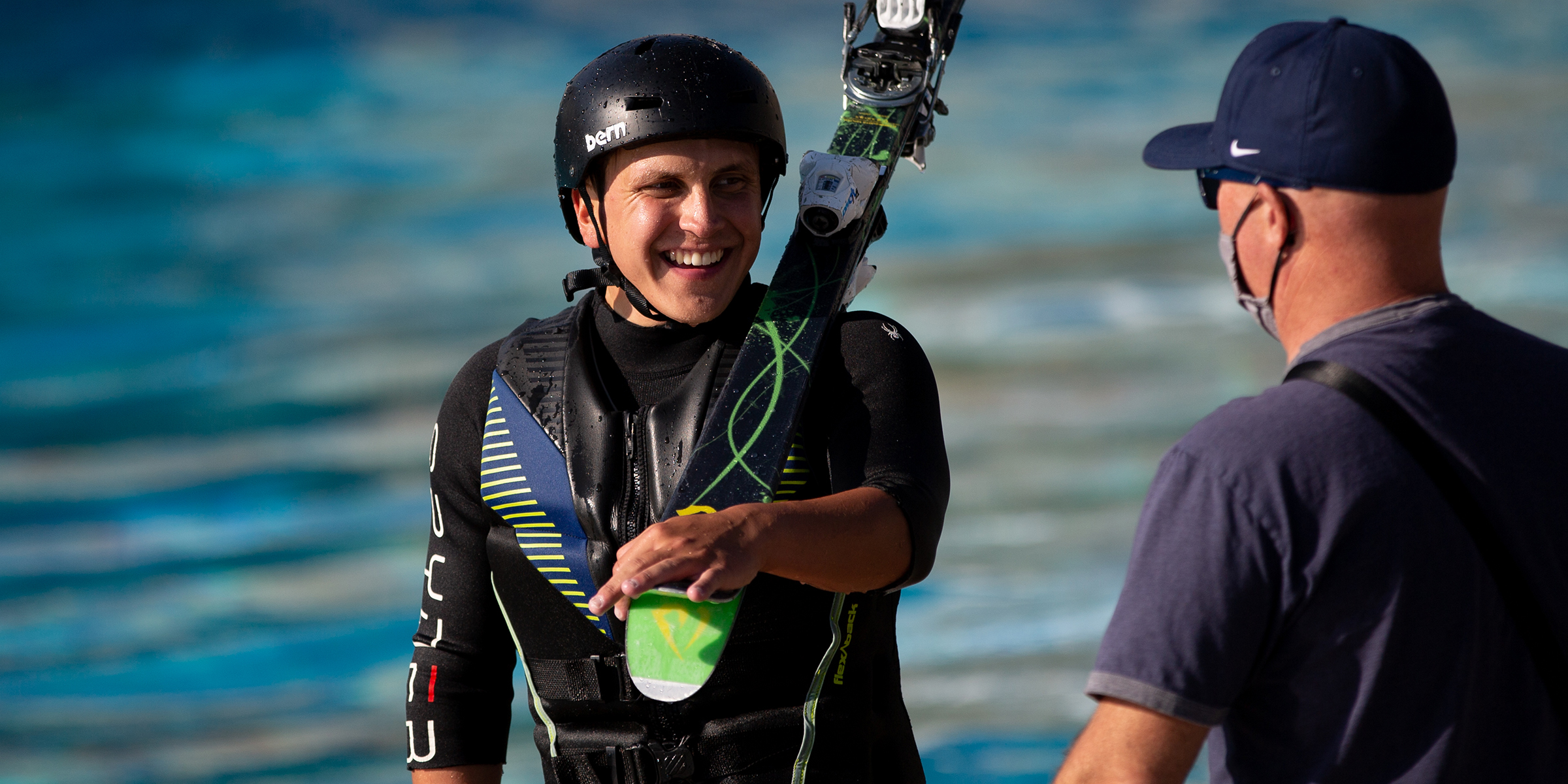
Cooler morning temperatures and the appearance of dry suits on the water ramps signaled the final domestic training period in Park City, Utah for The U.S. Moguls Freestyle Team.
The final camp, which ran from September 19 - October 2, provided athletes an upgraded Snowflex surface on the moguls-specific jump at the Spence Eccles Freestyle Pool at Official Training Site Utah Olympic Park (UOP). Head Coach Matt Gnoza noted that all of the athletes said it allowed them to have a more realistic stance and takeoff. “This camp was all about taking skills to the steeper inrun, with quicker transitioning,” he explained. “It’s a more realistic mogul jump. Jumps on snow are steeper and quicker than the single [at the UOP]. With the addition of the Snowflex surface, it’s even more realistic as to what an athlete would expect in competition. It is a really good improvement to our training facilities.”
The last 12 days of water ramping capped off an atypical, yet productive, summer for the athletes of the U.S. Moguls Team. Due to the ongoing global COVID-19 pandemic, Moguls shifted their programming to focus on domestic training opportunities, and spent longer periods of time at the UOP than usual. “We worked through 12 days of ramping per camp as opposed to eight,” noted Matt. “In the end it allowed the athletes a little bit more time to fine tune some of their skills. In the past our prep structure moved quicker for progressions to get ready for snow.”
Tess Johnson, the youngest American to medal at a Freestyle World Championships, took this summer as an opportunity to shift her mindset and noted that it was her best and most fun training period ever. “The UOP’s new mogul jump made our training variable and realistic, and I think I was smiling after every jump despite the freezing water in early October. I focused on finally moving away from my stock 360, backflip run, and am stoked to say that I have four new tricks ready for snow and competition. It was the first summer I made substantial progress on my cork 7 and I even made up a new trick that no one else does and is my personal favorite (you’ll have to tune in this year to see it)! In years past I’ve always thought of water ramping as a weak point of mine, and so it was never very fun. This year I actively changed my attitude and approach, and it really paid off.”
Training provided consistency during a time when the world is anything but. Jesse Andringa, who returned to snow following shoulder surgery this spring, reflected on the mental aspect of his prep period. “This summer was difficult for me with several setbacks to training - with my shoulder surgery rehab, and also bruised lungs from a crash where I was spitting up blood, to COVID-19 and all of the other issues in the world - but my coaches and sports psych helped me stay focused and I ended up having a hoot of a time.”
Moguls has the month of October “off,” during which they will spend time with their families at home while training remotely before heading over to Europe to begin their World Cup season. “The month break is one, because the UOP will close the pool, but also, we found out because of the imposed local and state quarantines earlier this summer and travel restrictions, that our group is intrinsically motivated,” explained Matt. Athletes remained hungry and focused even without access to gyms or face-to-face time with coaches. “If they had to lift sandbags, they lifted sandbags. Brad [Wilson] made his own weight equipment out of cement and pipes. That attitude will carry forward. We’ll watch the leaves fall and when winter comes, we’ll be ready.”
The team is set to depart for Scandinavia in early November, which will mean a considerable learning curve in getting back up to World Cup skiing snuff. “We’ll be able to build into our season as the Scandinavian resorts build into their winter,” said Matt. “As they start making snow, we’ll ski flat trails. By the time we’re ready for a single jump, they’ll be able to make one. Then they’ll focus on prepping their courses and we’ll be focused on getting ready to ski top to bottoms.”
One thing is for certain, there will be snow to ski on, as many Scandinavian resorts practice snow storage. The moguls skiers of the U.S. Ski Team haven’t seen snow since July during their only summer on-snow training camp and the anticipation is at an all-time high.
“[This summer] I was mainly focused on challenging my jumps to be ready for every circumstance that I would face on snow,” said Kai Owens, who made her World Cup debut last season. “I am super excited to see my tricks progress, and test the consistency of them on snow!”
Follow the U.S. Moguls Freestyle Ski Team on social media:
Instagram: @usskiteam
Facebook: @usskiandsnowboard
Twitter: @usskiteam
To support the U.S. Moguls Freestyle Ski Team, please click here for more information.
